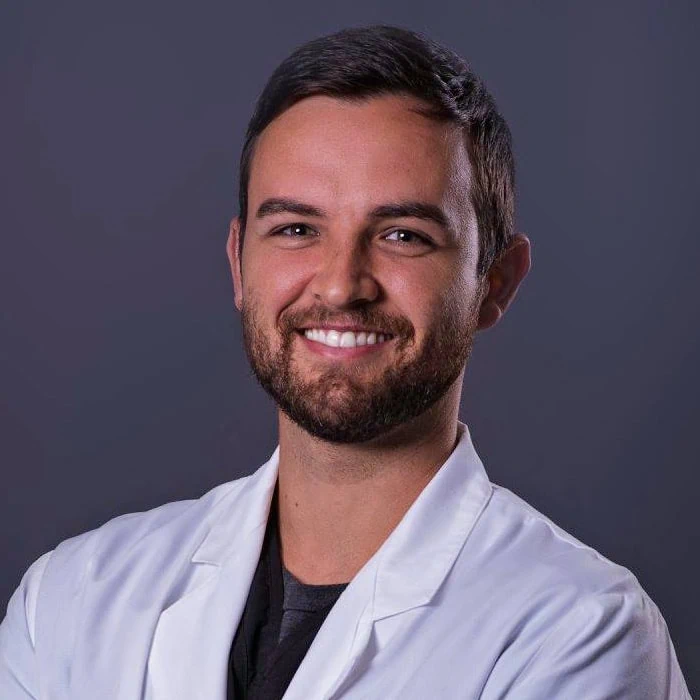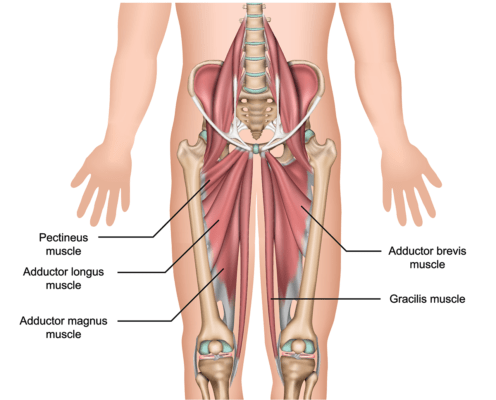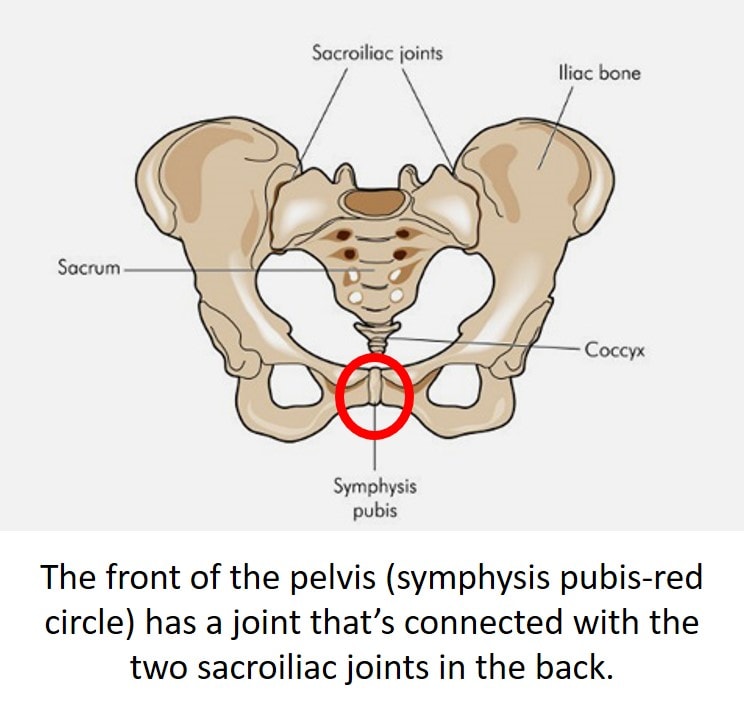Sports Hernia: Symptoms, Causes, and Treatment Options

Medically Reviewed By:
A sports hernia, also known as athletic pubalgia, is a significant cause of chronic groin pain in athletes, particularly those involved in sports requiring rapid twisting and directional changes, such as soccer, hockey, and football.
Research indicates that sports hernias are a common but underdiagnosed condition among athletes. Unlike traditional hernias, sports hernias do not cause a visible bulge, which can complicate diagnosis.
Symptoms include sharp groin pain during activities like sprinting or kicking. Understanding the symptoms, causes, and treatment options is essential for supporting recovery and improving mobility.
What Is Sports Hernia (Athletic Pubalgia)?
A sports hernia, also known as athletic pubalgia, is a condition characterized by a strain or tear in the muscles, tendons, or ligaments of the lower abdominal and groin area, leading to pain without a true hernia. Unlike a traditional abdominal hernia, which involves a break in the abdominal wall allowing part of the intestines to protrude, a sports hernia involves no such protrusion.
Athletes often report one-sided pain in the lower abdomen, just above the groin area, which worsens with physical activity(2). The pain typically recurs during specific movements, particularly those involving twisting or sudden directional changes.
The condition primarily affects the abdominal muscles that attach to the front of the pelvic bone (symphysis pubis) and the adductor muscles that connect the thigh to this region.

What Causes a Sports Hernia?
The exact cause of a sports hernia is still not fully understood, but several factors are commonly associated with the condition. These include:
- Hip impingement (Femoroacetabular Impingement) (4)
- Adductor or iliopsoas tendinopathy
- Osteitis Pubis (5)
- SI joint (pelvic ring) instability
There is a relationship between athletic pubalgia and hip impingement (FAI). Hip labrum surgery may be less effective than expected for athletic pubalgia. Many patients with this condition exhibit abnormal or degenerated adductor or iliopsoas tendons, often partially torn.
These tendons attach to the pelvis and are frequently tender upon examination, indicating inflammation or injury to the underlying tissues. This tenderness can help physicians within the licensed Regenexx network identify areas of strain or partial tearing, which may contribute to the patient’s pain and difficulty with movement.

Osteitis pubis, another related condition, occurs when the symphysis pubis joint (located at the front of the pelvis) develops arthritis due to wear and tear. This joint is typically very tender, and patients with osteitis pubis often report pain during physical activity, including sexual activity. A significant and often underdiagnosed cause of athletic pubalgia is pelvic ring instability.
The pelvis is a ring with two sacroiliac (SI) joints in the back and the symphysis pubis joint in the front. When the SI joint experiences excessive movement, it can lead to instability in the symphysis pubis, resulting in pain at the front of the groin.
The lower abdominal and adductor muscles attach to this area and can also be affected, becoming painful when strained. Over time, this can cause the symphysis pubis joint to develop arthritis (osteitis pubis) or small tears in the attached tendons.
Common Symptoms of Sports Hernia
Sports hernias can cause various symptoms, often affecting athletes involved in sports that require rapid twisting and turning. Symptoms typically start gradually but can become more intense over time. Here are the most common signs
- Pelvic Pain: Pain that may radiate to the scrotum or thigh, which may include groin pain, especially when coughing or sneezing
- Shooting Pain: Sharp, intense jolt at injury onset (like the groin or lower abdomen), triggered by sudden movements, twisting, or strenuous activity.
- Persistent Pain: It is a deep, aching discomfort in the groin or lower abdomen, worsened by twisting, turning, or sudden movement, and relieved with rest.
- Front-Of-Hip Pain: Pain in the front of the hip may result from hip flexor strain, labral tears, or joint inflammation. It may cause stiffness, discomfort with movement, and difficulty with activities such as walking or climbing stairs. Read More About Front-Of-Hip Pain.
- Loose Hip Joint: A loose or unstable hip joint may be caused by ligament laxity, previous injury, or joint degeneration. Accompanying symptoms may include discomfort, clicking sensations, and a feeling of the hip slipping or giving way during movement. Read More About Loose Hip Joints.
How Is Sports Hernia Diagnosed?
Identifying a sports hernia requires a combination of physical examination and imaging techniques to assess underlying tissue damage. Common diagnostic methods include:
- CT Scan: Provides detailed cross-sectional images of the pelvic region to detect soft tissue injuries and rule out other potential causes of groin pain.
- Ultrasound: Used to visualize soft tissue structures in real-time, making it useful for identifying tears or abnormalities in the tendons and muscles involved in a sports hernia.
- Bone Scan: Helps rule out stress fractures and other bone-related conditions that may mimic the symptoms of a sports hernia.
- MRI: A highly effective tool for detecting muscle, tendon, and ligament injuries. MRI scans often confirm a sports hernia diagnosis by showing detailed images of the affected soft tissues.
- X-ray: While not used to diagnose a sports hernia directly, X-rays can help rule out other conditions, such as hip joint issues or fractures, that could be causing similar symptoms.
Common Treatment Options For Sports Hernia
Sports hernia can be treated through a combination of non-surgical and surgical methods, depending on the severity of the injury. The preferred approach is to begin with conservative treatments, such as physical therapy, and only consider surgery if symptoms persist.
- Physical Therapy: Physical therapy is typically the first treatment recommended for sports hernia, focusing on correcting muscle imbalances in the abdomen and groin.
- Surgery: When conservative treatments fail, surgery may be considered to repair torn tissues and restore function in the groin area. Some procedures can be used depending on the severity and location of the injury. Here are some of the options:
- Adductor Longus Tenotomy
- Mesh Reinforcement
The Regenexx Approach To Address The Root Cause Of Sports Hernias
The Regenexx approach provides a less invasive, non-surgical option that addresses the underlying causes of sports hernias, such as pelvic ring instability and damaged tendons. Procedures using Regenexx lab processes rely on advanced, image-guided injections with high-dose platelet-rich plasma (PRP) or bone marrow concentrate containing mesenchymal stem cells to promote the body’s ability to heal and improve function.
By targeting the root cause of the problem, procedures using Regenexx injectates offer a customized treatment plan based on the severity of the injury, helping to reduce recovery time and minimize the risks associated with surgery. This approach helps physicians within the licensed Regenexx network provide precision treatments that may support improved patient outcomes.
Learn how non-surgical treatments may help you. Schedule a consultation with a physician in the licensed Regenexx network to learn about your options.
Get started to see if you are a Regenexx candidate
To talk one-on-one with one of our team members about how the Regenexx approach may be able to help your orthopedic pain or injury, please complete the form below and we will be in touch with you within the next business day.

Medically Reviewed By:
